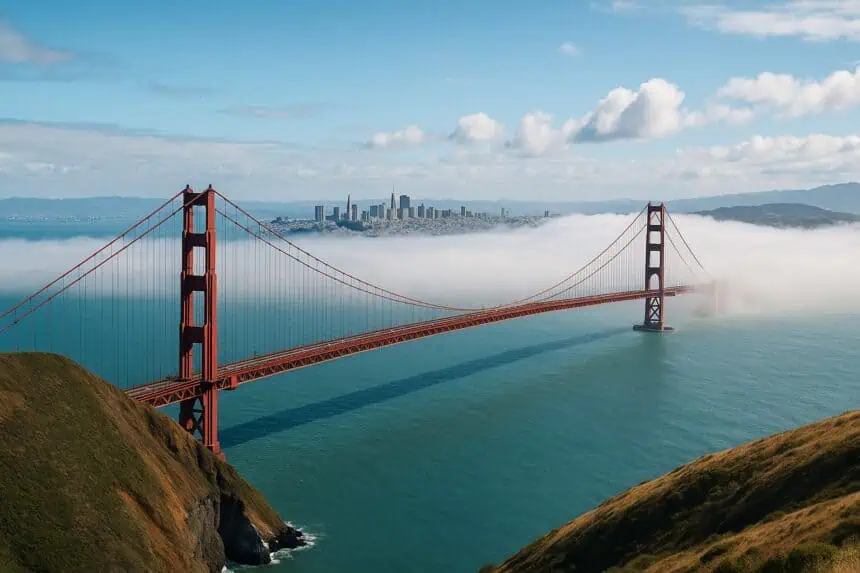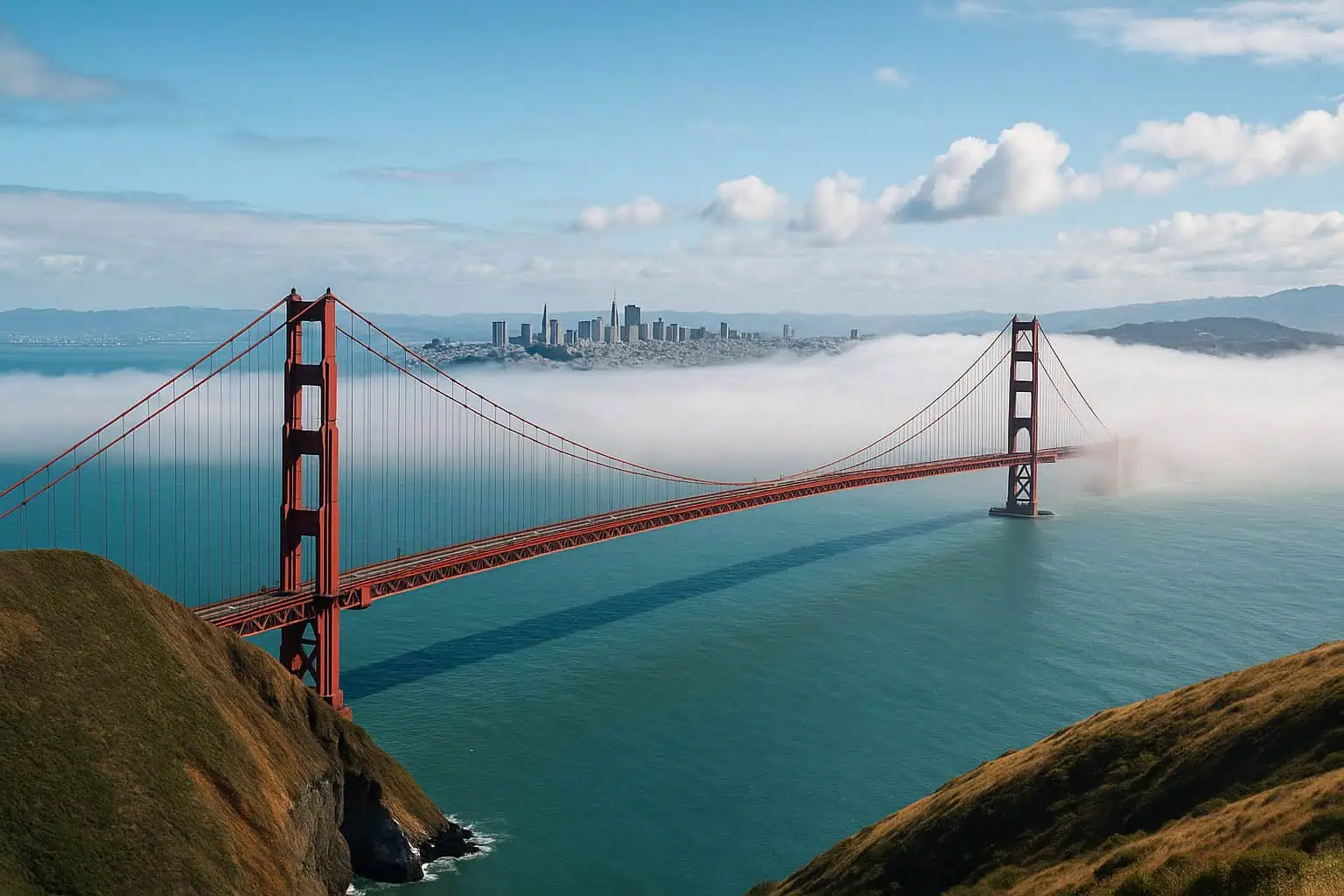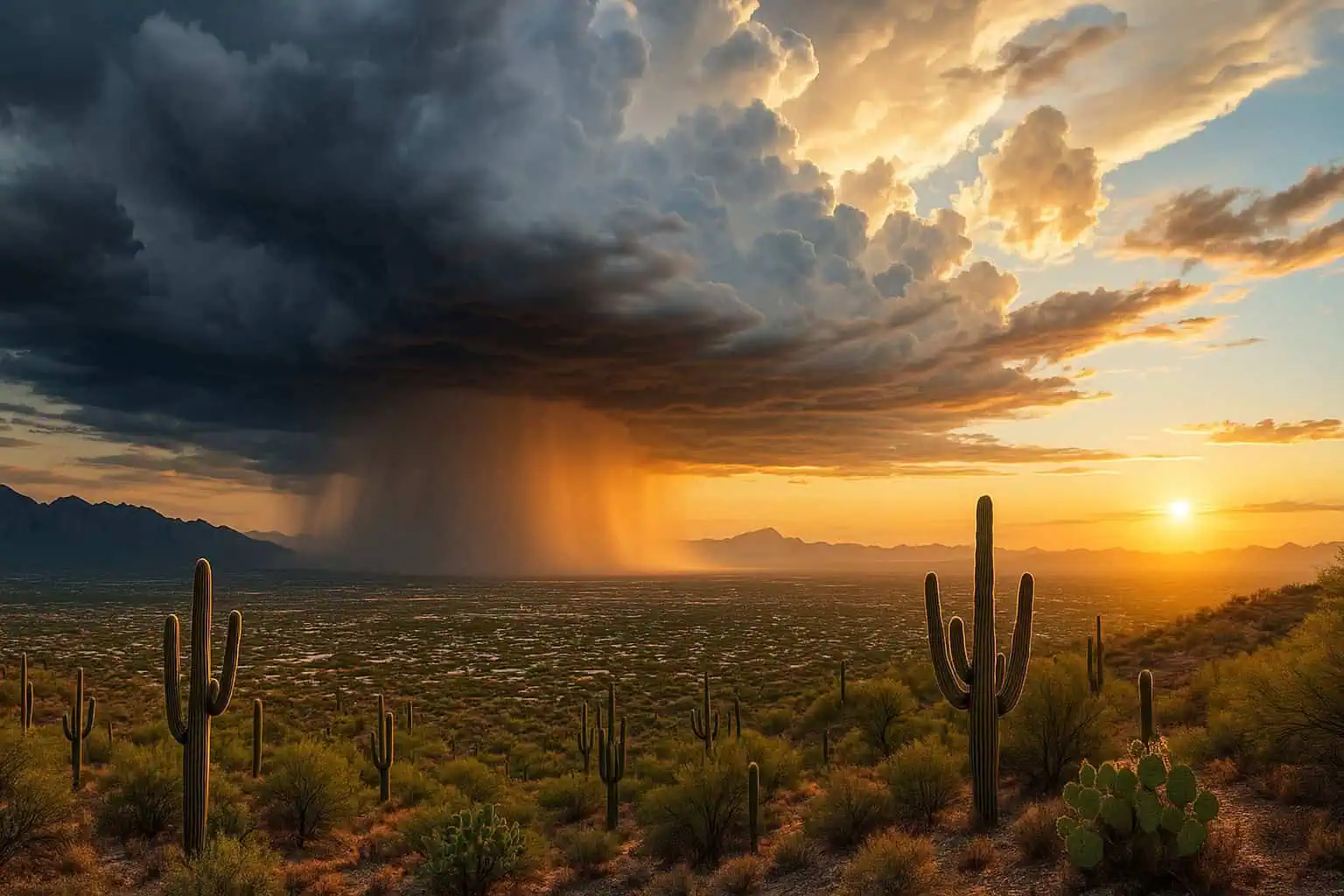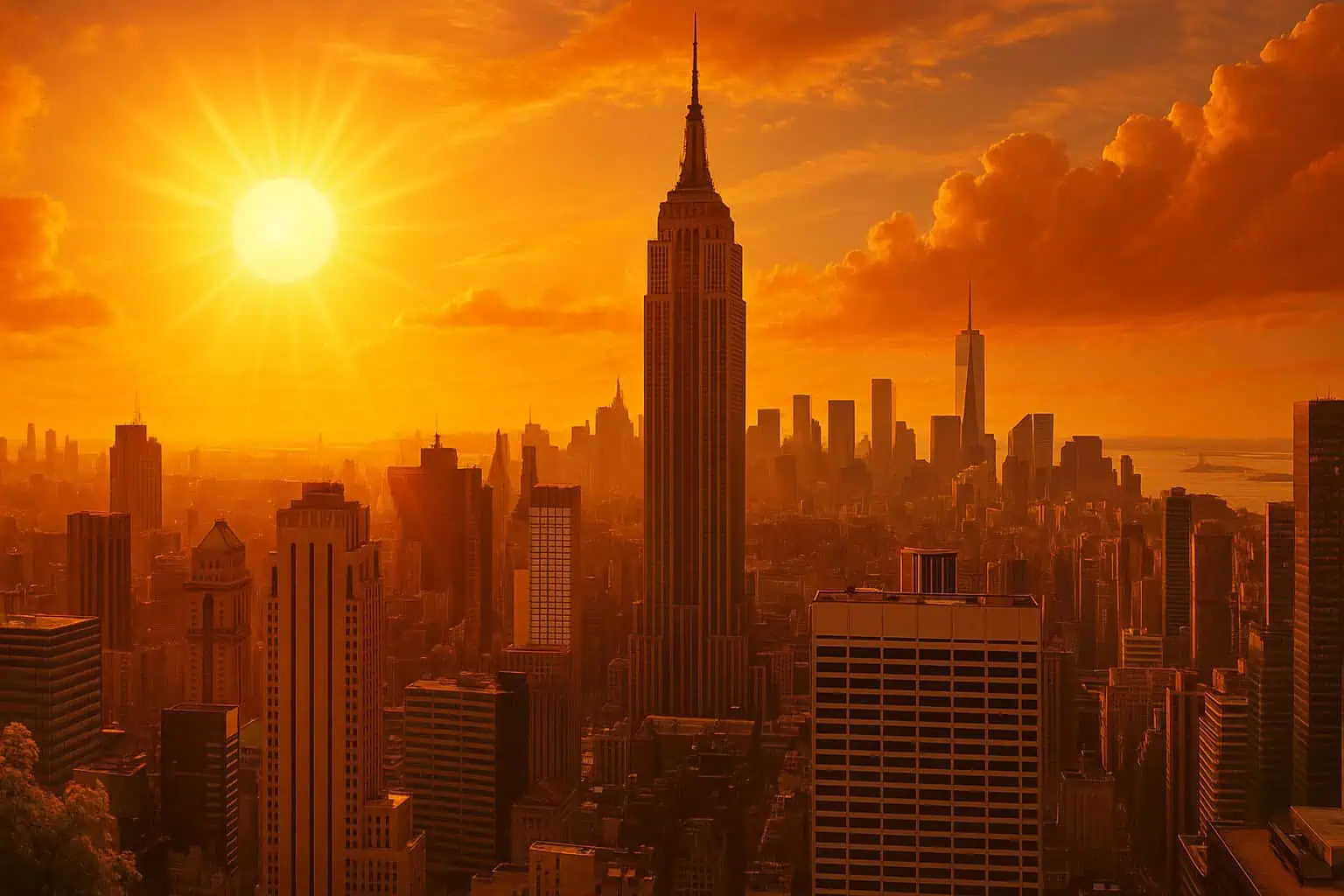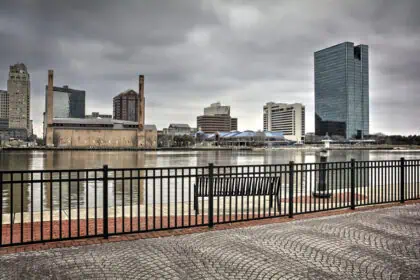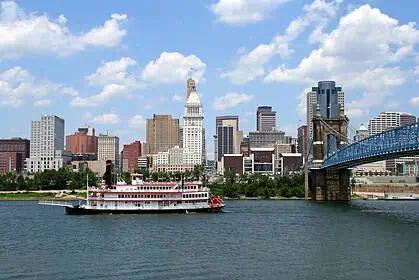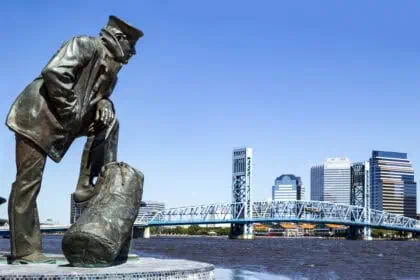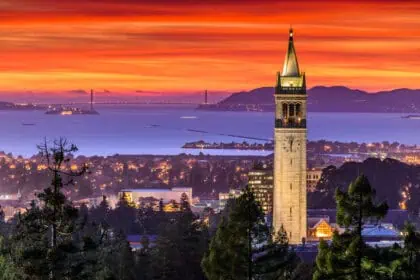Why is the Bay Area so cool compared to inland California?
Anyone living in San Francisco or along the Northern California coast knows this well: even in the middle of summer, you can cross the Bay Bridge and go from a foggy, chilly day to a dry heatwave in minutes. But what causes such a sharp contrast between the Bay Area and inland California?
The answer lies in the Pacific Ocean, and in a natural phenomenon so iconic it has a name of its own: Karl the Fog.
The ocean’s influence and the California Current
The California Current, a cold oceanic flow that travels south along the Pacific Coast, cools the air sitting above the ocean surface. During hot summer days, the inland valleys heat up dramatically, often reaching 90°F (32°C) or even 100°F (38°C). That rising hot air creates a low-pressure zone, which in turn pulls in cooler, moist air from the ocean toward the land.
This incoming marine air doesn’t arrive alone—it brings with it dense coastal fog, funneled through gaps in the Coastal Range like the Golden Gate and San Bruno Gap, draping the Bay Area in a thick, gray blanket.
Fog: San Francisco’s summer uniform
That fog, affectionately known as Karl, even has its own Twitter account with thousands of followers. It typically forms at night and in the early morning, often lingering into the afternoon before briefly burning off. Temperatures in San Francisco and nearby coastal neighborhoods rarely climb above 65°F (18°C), even in July or August.
The dramatic coastal-inland divide
While San Francisco, Daly City, and Pacifica remain wrapped in a damp coolness that feels like autumn in summer, just a short drive inland to Oakland, Walnut Creek, or Sacramento reveals clear skies and intense heat. The temperature difference can be as much as 30°F (17°C) within a few miles.
This phenomenon shapes not only local microclimates and ecosystems, but even day-to-day life: in few other places would you wear a hoodie in July, only to find yourself needing air conditioning twenty minutes later.
What’s ahead for Karl the Fog?
Researchers are closely watching how climate change is already affecting the frequency and intensity of coastal fog. Some studies suggest fog levels have declined over the past decades, potentially impacting agriculture, wildlife habitats, and local water supplies. For now, though, Karl the Fog continues to be the moist, mysterious guardian of Northern California’s summer coastline.

